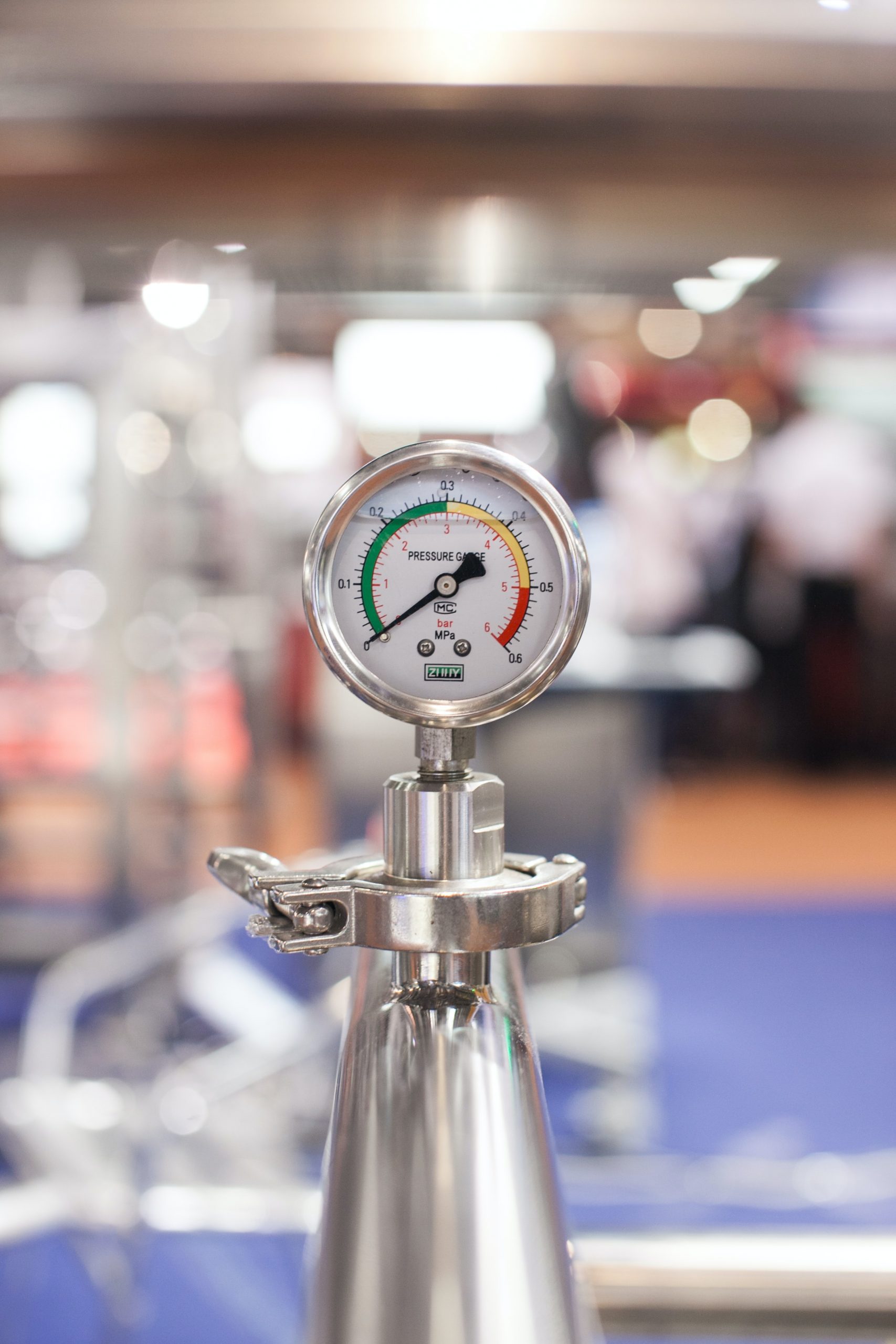HVAC Filter Monitors–Can they really optimize your filter life?
Most people are NOT like my mother, including me! She always does the laundry on Monday, changes the smoke alarm batteries on the Daylight Savings dates, and changes the HVAC filters on the same day every month. These are predictable, safe things to do, and are probably one of the reasons she gets great insurance rates and her home looks nice whenever you drop in. Younger generations like myself like to “optimize” but sometimes that gets us in trouble: in my case someone else has claimed the laundry room with their clothes for several hours exactly when I run out of clean clothes, smoke alarms start chirping in the middle of the night when I have guests, and on the day I remember to check the AC filters, they are very dirty and I have no replacements on hand. I do well with alarms, however, as long as they think like I do (optimize) and I have some “margin” to rectify the situation.
What do I mean by “optimizing”? The problem with changing your AC filter on the same day every month is that not every month is the same, meaning that there may be some filter life remaining at the end of the month. April in the Southeast US can be very pleasant with very little “air conditioning” required, while July is–you guessed it–like a swamp. Of course the AC will be running 31 days in July, but not so much in April. I don’t want to throw out a filter that looks almost new, just to be on schedule, but…how will I know when it’s full of dust and contaminants? That’s the question. “Optimizing” to me means getting the most out of whatever I use, whether its the AC filter or the toothpaste tube (flatten that sucker!). The traditional “Filter” light and reset button on my thermostat that will cause the light to come on 30 days later are NOT optimizing the filter. That’s just a blind schedule. So, let’s talk about how newer HVAC filter monitors work!
Temperature: Rittal makes many products, including air conditioners for residential and industrial use. They have a filter monitor that uses the change in temperature over the air coil to judge filter life. When the change in temperature (delta T) becomes too high, this indicates a clogged filter. I haven’t found any standalone residential products that use delta T to monitor filter life, however.
Light: HVAC filters are porous, obviously. They let air pass through and they also let light pass through. An optical monitor can take a “baseline” measurement of how much light passes through when the filter is new and clean, and when the light becomes too occluded, it will notify you because this means the filter is dirty. Simple concept! Filter Pulse HVAC Indoor Air Filter Monitor (starts at $66) is one such product. It can be ordered with brackets to fit up to 5” filters, and the power source is either battery or 24V AC power. This technology allows it to be used even with new variable-speed blowers, because the variable pressures in these systems will not affect the light sensing technology.
Pressure drop: This is the traditional method of determining when your AC filter is dirty, because as dust and contaminants are deposited on your filter, the little “holes” that allow air to pass through become plugged, and the pressure will be higher on the inlet of the filter and lower at the outlet of the filter. The pressure differential between inlet and outlet will become greater. Some HVAC techs will recommend that when the dirty filter pressure drop is close to double of that of the initial/clean filter pressure drop, it’s time to change the filter (John Semmelhack, ComfortSquad.us). However, pressure drop monitors will not work with newer variable-speed blowers, because lowering the speed of the blower (which automatically happens) will decrease the pressure differential. Thus it may give a false “clean” reading when operating with a variable speed blower.
Here are some low and high-tech indicators of pressure drop:
- Simple analog gauge: This gauge can be set with a clean filter and shows the pressure increase until the needle lands in the “change your filter” range. At $10, this is a very inexpensive way to upgrade your filter-changing schedule.
- FilterScan CleanAlert Smart Air Filter Monitor ($60) has a microprocessor that interprets the pressure differentials and via WiFi, can send you a text message that the filter needs to be changed. It does, however, need to be hard-wired directly to a 24v power supply, and several customers reviewing it said that this was out of their expertise (DIYers) so it may need to be installed by an HVAC tech.
- Go with a “Smart” Filter: Filtrete has several types of smart filters that measure pressure differentials and are bluetooth enabled, so that you can monitor filter life from a free app on your smartphone. When you set the app to connect with Amazon Dash replenishment, you won’t run out of clean filters, either!
Air Flow: Some manufacturers suggest relying on airflow rates to give the true picture of filter status, because measurable pressure drop and temperature climb can come later, when the equipment is about to be damaged. DPSTelecom and Setra are two of many companies that make air flow sensors but alas, they are mostly used for commercial or industrial systems. In addition, monitoring a filter via airflow will not work in variable speed air handler systems because airflow will be variable as well.
Based on the many dirty filters out there and the small number of monitoring products for residential use, we think that HVAC filter monitoring is an underserved market. If you find another good solution to this problem, let us know!
Photo by Crystal Kwok on Unsplash

